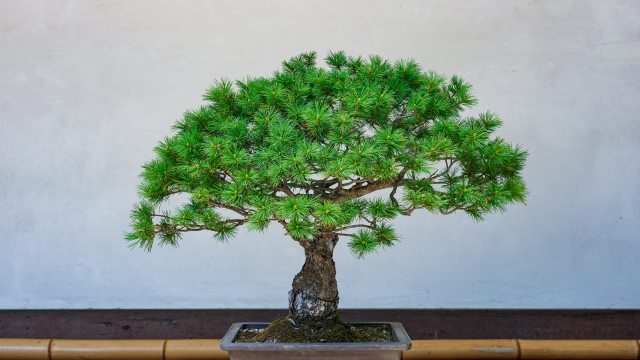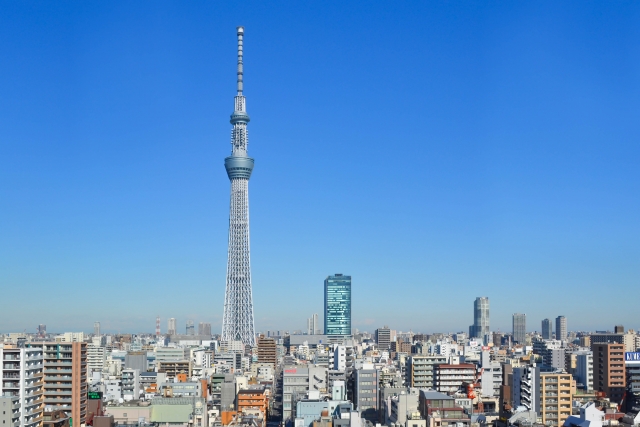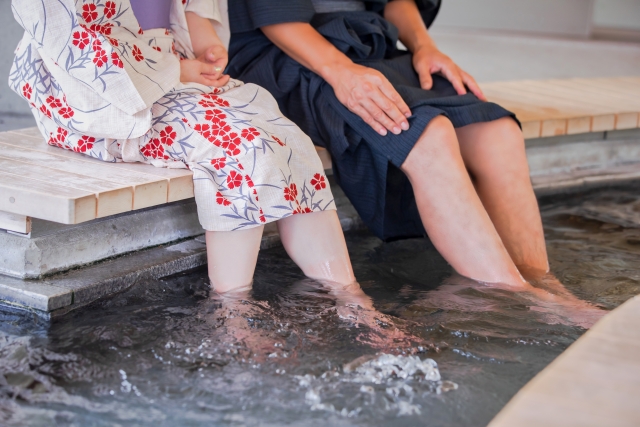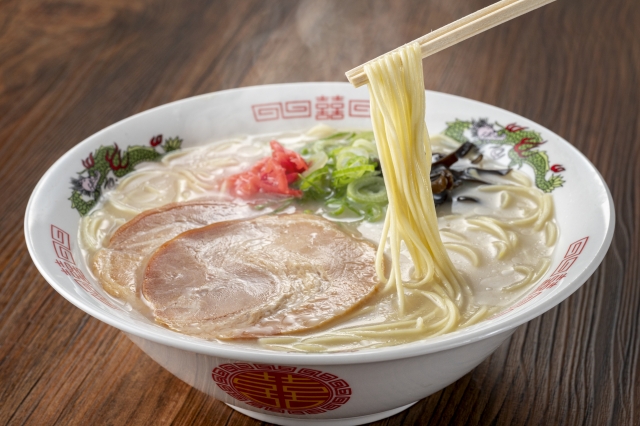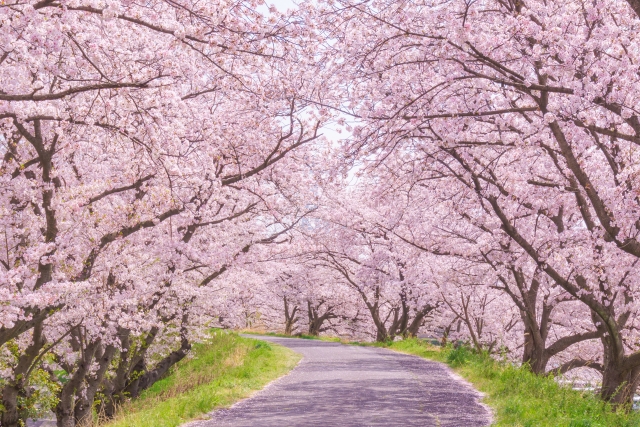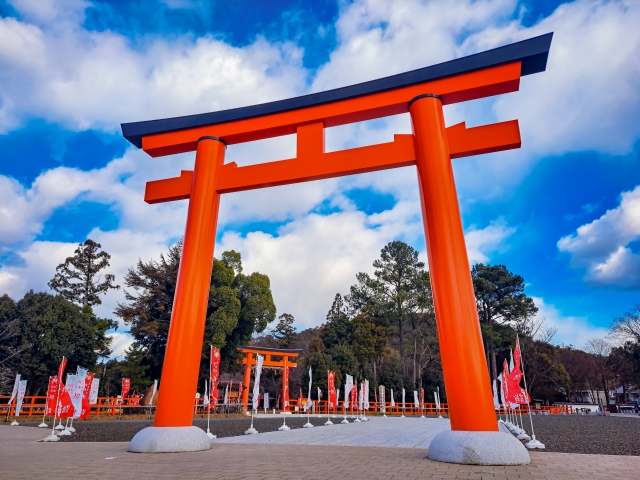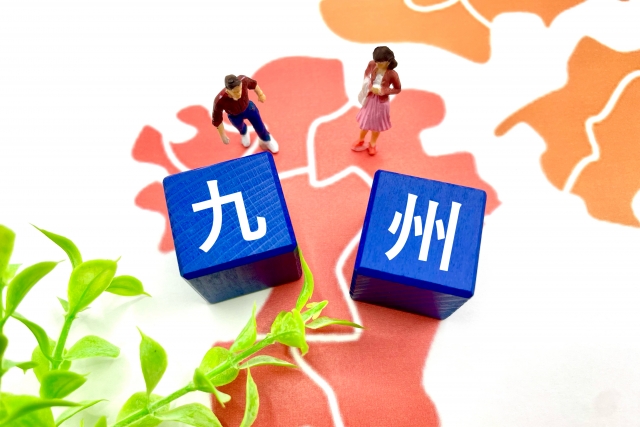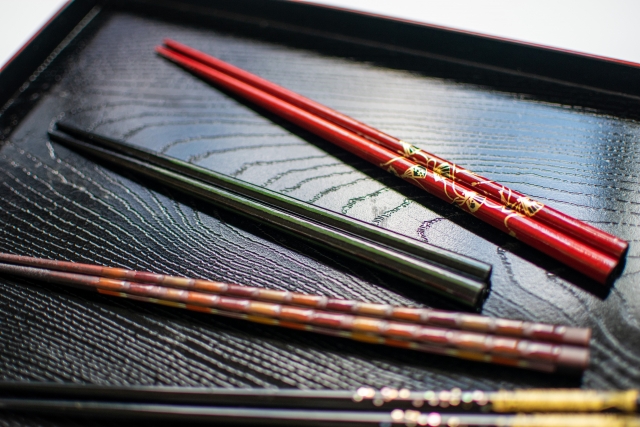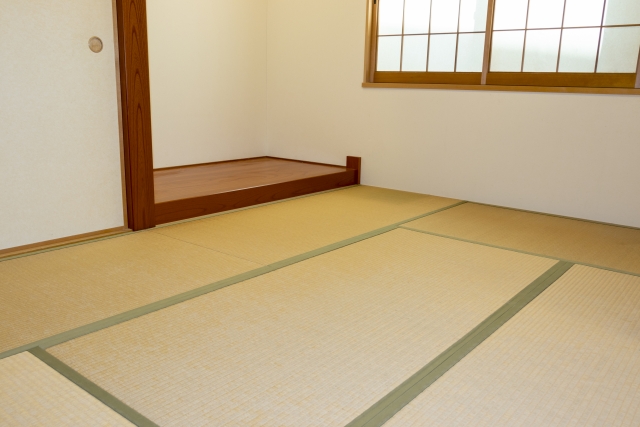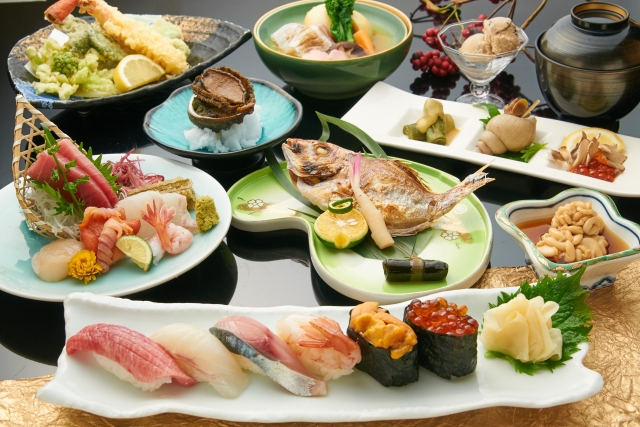Many people may think of “bonsai” as a part of traditional Japanese culture.
Bonsai, the art of planting and loving plants in small ceramic containers, is loved not only in Japan but also all over the world. But how did bonsai come to be so attractive to so many people? Here is a detailed explanation of where bonsai originated and its history, including the types of bonsai and how to grow them.
Contents


